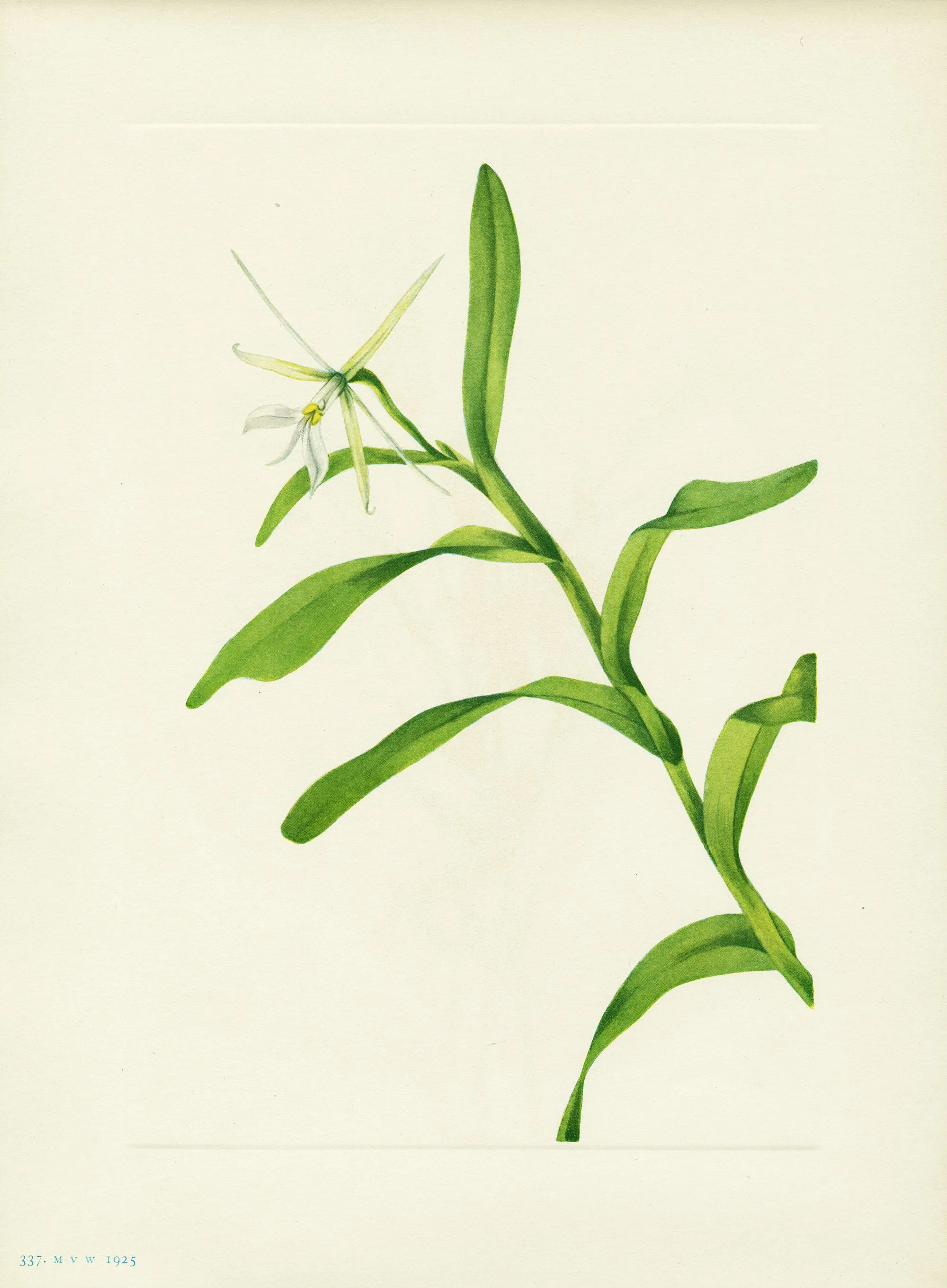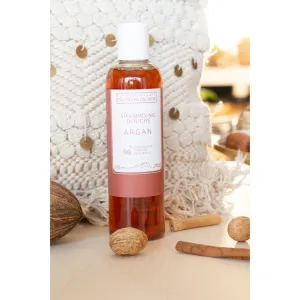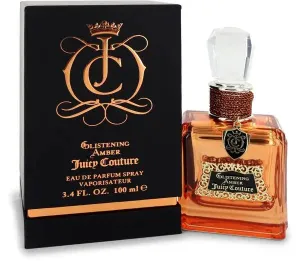Epidendrum nocturnum Jaquin In the deep cypress swamps of southern Florida the white epiden- drum, known locally as bark orchid, is of frequent occurrence, al- though sometimes it is perched so high upon the tree that it is difficult to discover. The very minute seeds, carried by the breeze to some branch, germinate and develop slowly, if the conditions are ex- actly right, into tiny plants which require several years to reach ma- turity. The plants cling tightly by their thick, fleshy roots to the branches. The white flowers of this epidendrum, although not so showy as those of some of its tropical relatives, are very beautiful, and like the blossoms of most orchids, they last for a long time after they have opened. Their fragrance, which is especially noticeable at night, is attractive to moths, which feed on the nectar and unwittingly ac- complish cross -pollination in carrying the pollen from flower to flower. The dense hammocks of the lower Florida wilds bordering Coot Bay and the ramifying channels leading to and from it in Monroe County contain probably the finest development of epiphytic plants in the United States. Here many species of orchids, bromeliads, and ferns, in endless number, drape and festoon the branches to form a veritable hanging garden. This specimen came from Coot Bay, Florida. The plant is rather generally distributed in the West Indies and elsewhere in tropical America.
We produce all of our on images in shop, and we are happy to offer custom work to our customers. Please inquire for pricing and options.












